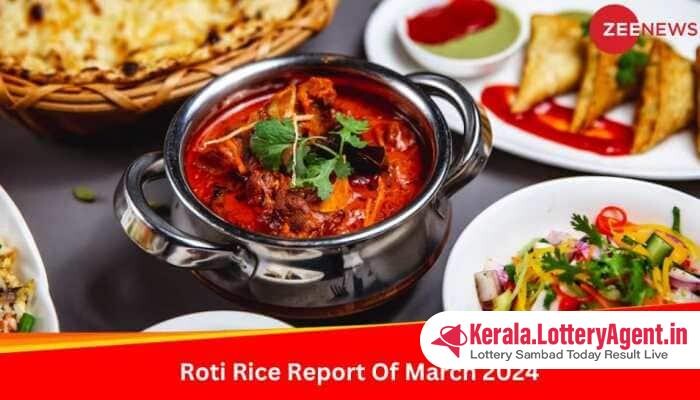
New Delhi: A comprehensive analysis of food costs for the month of March reveals an unexpected shift in the affordability of meal options for consumers. As reported in the recently released “Roti Rice Rate” report by Crisil Market Intelligence and Analysis, the price of vegetarian thalis has significantly increased, while patrons of non-vegetarian meals have seen a decrease in their dining expenses.
Vegetarian thali prices recorded a noticeable hike of 7 percent over the course of March, predominantly influenced by the escalating costs of staple vegetables including onions, tomatoes, and potatoes. The thali, an ensemble that traditionally comprises roti (bread), a variety of vegetables, rice, dal (lentils), curd, and salad, reached a new peak at Rs 27.3 per serving. This figure represents an upsurge from last year’s cost of Rs 25.5 for the same meal composition, although it does express a marginal decrease from the expenses observed in February 2024.
The driving forces behind this price surge can be traced to a considerable increase in the year-over-year prices of the key vegetable components—40 percent for onions, 36 percent for tomatoes, and 22 percent for potatoes. The report indicates that reduced market arrivals of these vegetables, coupled with a low base effect from the previous financial year for tomatoes, were primary contributors to the heightened costs.
Adding to the financial strain on the vegetarian platter are the spiking prices of other fundamental ingredients. Rice and pulses, integral parts of the thali, saw an inflation of 14 percent and 22 percent respectively in comparison to the previous year, as revealed by the same Crisil report. The analysts ascribe this inflationary pressure to decreased supply in the markets.
Conversely, the cost of consuming a non-vegetarian thali, which typically differs from its vegetarian counterpart merely by the substitution of chicken in place of dal, experienced a 7 percent decrease, dipping to Rs 54.9 per plate. Despite falling from the previous year’s cost of Rs 59.2, it still registered a slight increment from the February 2024 cost of Rs 54 per thali.
This dip in non-vegetarian meal expenditure is primarily credited to a 16 percent reduction in broiler (chicken) prices on a year-on-year comparison. However, the trend wasn’t entirely linear, as there was a noted 5 percent price uptick from February to March, correlating with the start of Ramadan—an occasion known for its significant influence on the consumption patterns and demand for poultry products.
Data and observations from the “Roti Rice Rate” report reiterate the complexities of food economics, showcasing how various factors such as market arrivals, seasonal demand, and religious festivities can affect the cost dynamics of everyday meals. This recent fluctuation in prices underlines the need for consumers to stay well-informed and budget-conscious in managing their dietary choices.
As diners navigate these changes, the impact on household expenses becomes evident. While vegetarian consumers wrestle with steeper bills for their routine meals, those opting for non-vegetarian thalis enjoy a slight reprieve in an otherwise inflationary market scenario. This dichotomy presented by the Crisil Market Intelligence and Analysis report offers insight not only into the economic underpinnings of simple food items but also reflects broader agricultural and market trends within the country.












